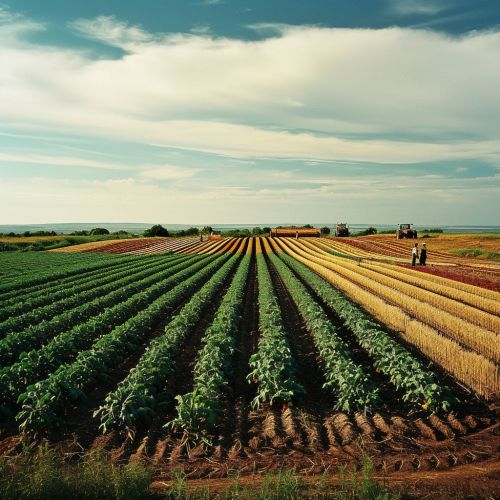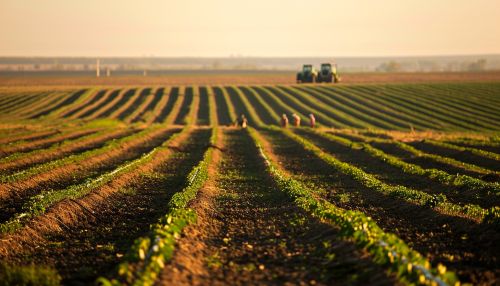Kolkhoz
Origins and Development
The concept of the kolkhoz, a form of collective farm in the Soviet Union, originated from the agrarian policies implemented during the early years of the Soviet regime. The Bolsheviks, after seizing power in 1917, sought to restructure agricultural production along socialist lines. This led to the establishment of the first kolkhozes in the late 1920s, as part of the Soviet Union's first Five-Year Plan.


The kolkhoz system was characterized by the collective ownership of land and the pooling of labor and resources. Kolkhoz members, known as kolkhozniki, were not paid wages. Instead, they received a share of the kolkhoz's product and profits according to the quantity and quality of the work they had contributed.
Structure and Functioning
The kolkhoz was governed by a general meeting of all its members, which elected a management committee and a chairman. The committee was responsible for the day-to-day running of the kolkhoz, while the chairman represented the kolkhoz in dealings with state authorities.
The kolkhoz was required to sell a certain amount of its produce to the state at fixed prices. The remainder could be sold on the open market, and the profits were distributed among the members. In addition to farming, kolkhozes were often involved in other economic activities such as livestock breeding, forestry, and various types of manufacturing.
Impact on Soviet Agriculture
The introduction of the kolkhoz system had a profound impact on Soviet agriculture. Initially, it met with resistance from peasants who were reluctant to give up their private plots. However, the Soviet authorities used a combination of persuasion, coercion, and violence to enforce collectivization.
The kolkhoz system was intended to increase agricultural productivity and provide the industrial sector with a reliable source of food and raw materials. However, the results were mixed. While there were some successes, overall agricultural productivity in the Soviet Union remained low compared to other industrialized countries.
Legacy and Dissolution
The kolkhoz system remained a fundamental part of Soviet agriculture until the dissolution of the Soviet Union in 1991. After the collapse of the Soviet Union, many kolkhozes were privatized or transformed into joint-stock companies. However, in some former Soviet republics, collective farms similar to kolkhozes continue to exist.
Despite its flaws, the kolkhoz system played a significant role in the history of the Soviet Union. It shaped the lives of millions of people and had a lasting impact on the agricultural landscape of the country.
